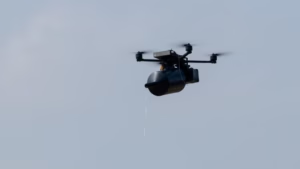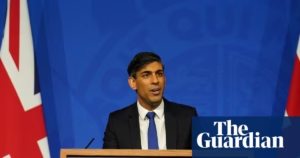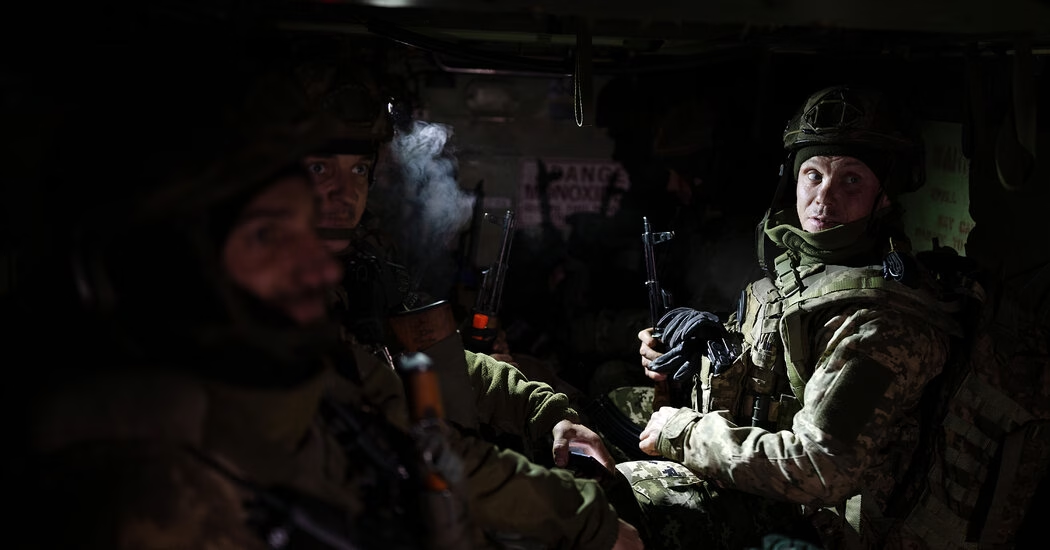Ukrainian forces have managed to halt the Russian advance in the eastern Donetsk region over the past few months, even reclaiming small areas of land. Despite Russia’s continuous aggressive actions across the eastern front with daily assaults, their military strength has been eroded after more than 15 months of engagement, and replacing damaged equipment has become difficult. Michael Kofman, a senior fellow at the Carnegie Endowment for International Peace, attributes the stallement to adverse weather, fatigue among Russian troops, and effective Ukrainian responses to their tactics.
Intelligence disruption is expected to be a hot topic at the first high-level in-person meeting between Ukrainian and American officials since a public disagreement between Presidents Trump and Zelensky. Western analysts and U.S. officials believe that withholding equipment might not significantly impact the frontline for several months, but intelligence losses have already affected Ukraine’s ability to target Russian command centers and logistics. Ukrainian soldiers report difficulties in the Kursk region due to the lack of intelligence, where Russian and North Korean forces are advancing.
A senior U.S. military official stated that the pause in sharing intelligence has hindered Ukraine’s ability to detect and attack Russian forces in Kursk and has restricted the ability to strike high-value targets. Although Ukraine proposed a partial truce in operations, the U.S. insists the suspension will remain until Ukraine complies with unspecified White House demands. The heaviest battles continue along the 260-mile front in the Donbas region, with Russia still far from capturing key cities and towns crucial to Ukraine’s defense.
In the village of Pokrovsk, located within a strategic area for the Donbas, Ukrainian defenses have thwarted frontal assaults. The Russian forces attempt to surround the city from the south, and the Ukrainians have responded with localized counterattacks. Maj. Taras, from the 68th Jaeger Brigade, described the painstaking process of retaking a village, indicating the broader fight where the Ukrainians exploit Russian weaknesses but face their own manpower and firepower shortages.
Col. Oleksii Khilchenko, commander of the Third Operational Brigade, noted the decrease in Russian attacks after severe losses, yet cautioned against underestimating the enemy’s persistent efforts to regroup, replenish, and redeploy. In Toretsk, a city dragged into eight months of urban warfare, soldiers on both sides share buildings and streets amid fierce clashes. Capt. Bohdan Ravlikovskyi from the 12th Special Forces Brigade Azov detailed the ingenious enemy tactics employed in the combat.
Furthermore, the frontline in Toretsk has seen the Ukrainian army advance in pockets in recent times. Chasiv Yar, now a fortress town, has held steady against Russian advances after Bakhmut’s fall. Although the battle for Chasiv Yar has been continuous, the Ukrainian forces have withstood relentless assaults using video-documented net-covered roads to prevent Ukrainian drone attacks. In response to the entrenched combat, Russian forces have diversified their strategies including air raids, armored columns, and subterranean infiltration. Giant netting covers supply paths to shield against flying projectiles.
Ukraine is outmatched in manpower and firepower but has inflicted significant casualties on Russian forces using an increasingly powerful array of drones. Lt. Mykola, a commander from the Ukrainian 5th Assault Brigade stationed at Chasiv Yar, claimed that the enemy’s reduced quality and quantity of troops are evident and advantageous for Ukraine. Reporting contributions come from Eric Schmitt and Liubov Sholudko.
Source: https://www.nytimes.com/2025/03/10/world/europe/ukraine-russia-eastern-front-line.html





